A recent publication from the Institute for Protein Design, located in the MolES building, describes a nanoparticle platform developed for a respiratory syncytial virus study that will also be applied to vaccine research on flu, HIV, and more. Seattle startup Icosavax will advance related clinical trials.
Future technologies based on the principles of quantum mechanics could revolutionize information technology. But to realize the devices of tomorrow, today's physicists must develop precise and reliable platforms to trap and manipulate quantum-mechanical particles. In a paper published Feb. 25 in the journal Nature, a team of physicists led by MolES faculty member Xiaodong Xu, a Boeing Distinguished Professor of both physics and materials science and engineering, reports the development of a new system to trap individual excitons.
Three teams led by University of Washington researchers have received competitive awards totaling more than $2.3 million from the U.S. Department of Energy Solar Energy Technologies Office for projects that will advance research and development in photovoltaic materials, which are an essential component of solar cells and impact the amount of sunlight that is converted into electricity. Two of the UW teams are led by MolES faculty members Scott Dunham, a professor of electrical and computer engineering and Hugh Hillhouse, a professor of chemical engineering.
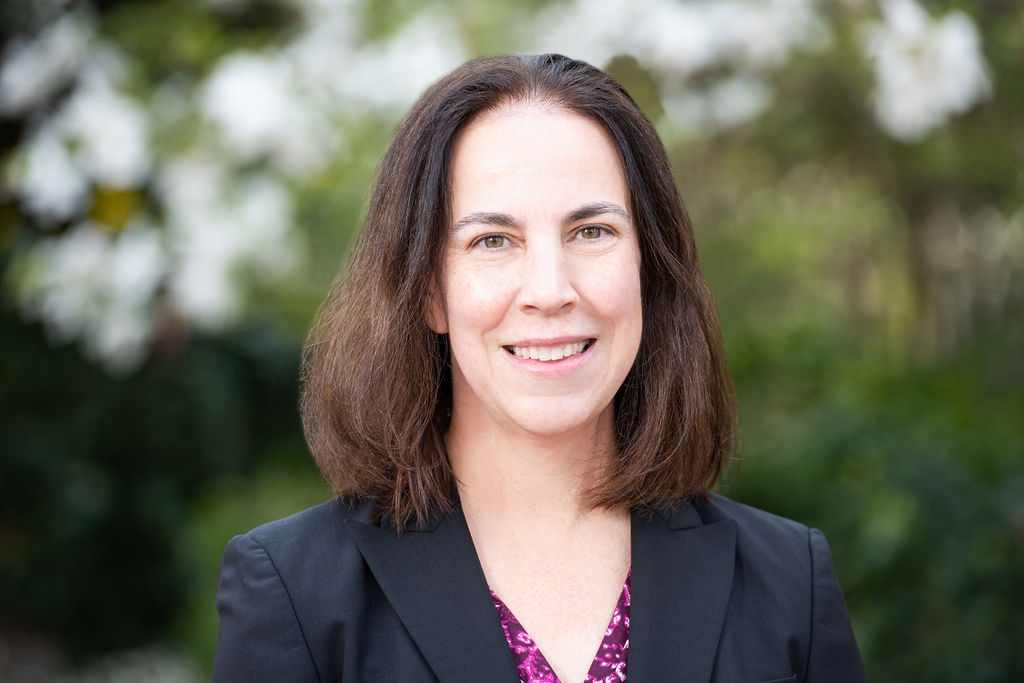
MolES is thrilled to announce that Lara Gamble, associate research professor in bioengineering at the University of Washington (UW), has been appointed director of the UW Molecular Analysis Facility (MAF), a fully-staffed instrumentation facility with extensive microscopy, spectroscopy, and surface science capabilities. Gamble will take over for long-time director Dave Castner, professor of bioengineering and chemical engineering at UW, who is retiring. Gamble has served as MAF associate director since 2013. She is also co-Director of NESAC/BIO, a preeminent surface science research center at UW, and was elected to the 2016-18 Board of Directors of the American Vacuum Society, an international community of scientists dedicated to promoting research in surface, interface, vacuum and thin film science.
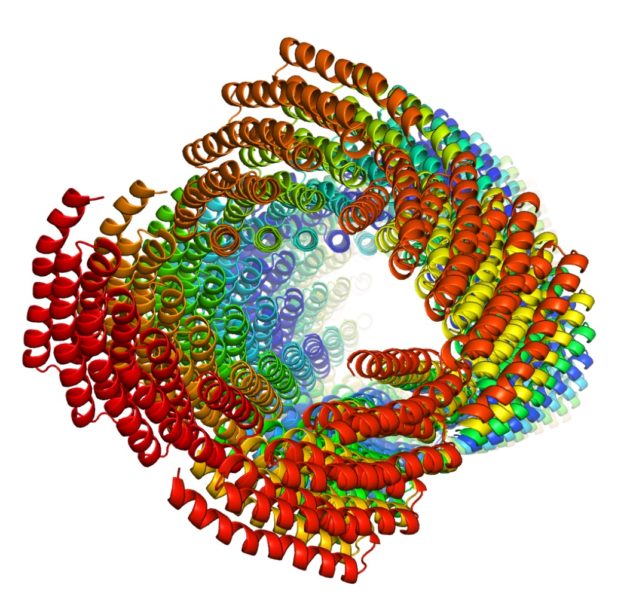
Hao Shen, a molecular engineering PhD candidate in the lab of biochemistry Professor David Baker, was a lead author of a study published in Science describing the creation of self-assembling protein filaments from scratch. The filaments were built from identical protein subunits that snap together spontaneously to form long, helical, thread-like structures which could be used to create new materials for a range of applications, from diagnostics to nano-electronics. Learn more in a related Geekwire story!
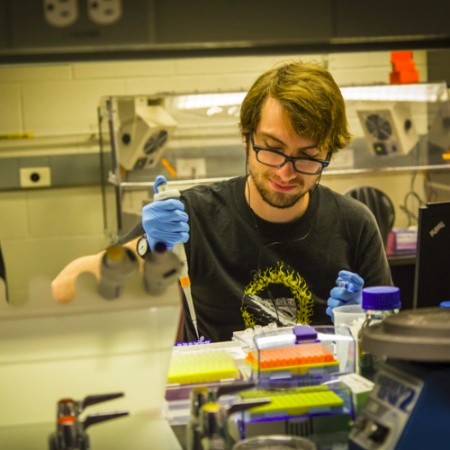
At the intersection of genetic engineering and nanoscience, second-year MolE PhD candidate Tyler (Ty) Jorgenson is developing a set of design rules for devices that join biology with solid-state materials. His research focuses on the self-assembly of solid-binding peptides and their interfaces with single-layer atomic (2D) materials, which he says is particularly promising for bioelectronic devices.
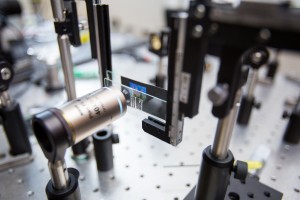
In a paper published Feb. 9 in Science Advances, scientists at the University of Washington announced that they have successfully combined two different imaging methods "” a type of lens designed for nanoscale interaction with lightwaves, along with robust computational processing "” to create full-color images.
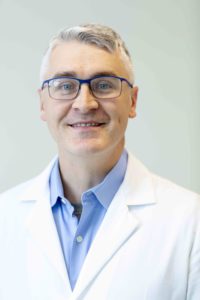
University of Washington researchers have developed a fast, inexpensive method to make electrodes for supercapacitors, with applications in electric cars, wireless telecommunications and high-powered lasers.

In this edition —
– MolES welcomes Mechanical Engineering Professor Corie Cobb, who came to the UW from Palo Alto Research Center (PARC), Inc., to pursue novel manufacturing and design methods for energy devices and materials.
-The Molecular Analysis Facility announces, in partnership with the UW School of Pharmacy, the integration of the Analytical Biopharmacy Core. The added biophysical instrumentation and expert staff will allow users to characterize interactions of biotherapeutic molecules and their receptors, metabolites, delivery vehicles, or any relevant biological components. Read More

MolES students, faculty, and staff gathered last Saturday to improve information on molecular engineering available on Wikipedia. The group contributed information on the history of the discipline, applications, instruments and methodology. Special thanks to Sawyer Morgan, graduate student in Chemical Engineering, for showing our brand-new editors the ropes!
This was our first Edit-a-Thon but won’t be the last! Anyone is welcome to join us for future sessions, just email us to be notified of the next session. Read More